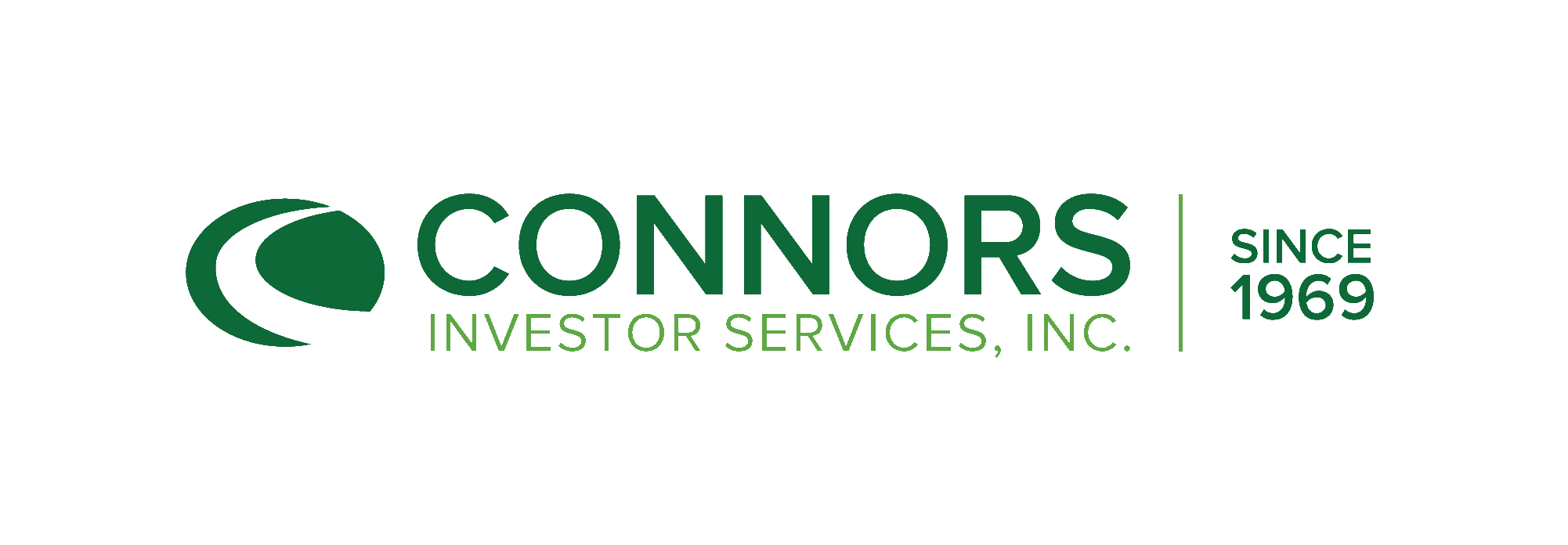2023 Q1 Small Companies Commentary
by Brian G. McCoy, CFA, on April 01, 2023
During the first few weeks of the new year, equity markets rallied as economic data continued to be relatively strong, particularly employment, and corporate results generally remained positive. By the second day in February, the S&P 500® was up close to 9%, while the Russell 2000® was up almost 14%. In our small-cap corner of the markets, we saw a stronger ‘January effect’ than in more recent years, as the leaders in the early part of the quarter tended to be the most beaten-up names from the prior year.
As the quarter progressed, the narrative shifted, and markets declined with growing evidence that tightening money supply and higher interest rates were beginning to have their desired effects by slowing economic activity and moderating inflationary pressures. Despite this, Federal Reserve Chairman Powell and other members of the Fed continued to telegraph that they needed to remain vigilant and follow the data in regard to maintaining higher rates to drive inflation down to their target rate of 2%. This persistent message led to fixed income investors pushing rates incrementally higher until the dramatic collapse of Silicon Valley Bank and other smaller banks.
Subsequently, this led to heightened market volatility and concerns over a broadening banking crisis, leading to tighter lending standards and the broader effects these issues would have on the potential depth of a recession. Concurrently, interest rates have declined as investors anticipate cuts to the Fed Funds rate to compensate for an expected recession and less inflation. Comments from several Fed officials continue to indicate their commitment to higher rates leading to a notable difference between official guidance and market expectations.
After a strong reversal of earlier gains, the Russell 2000® dipped to negative territory before finishing the quarter with a modest return of 2.73%. Our portfolio was relatively flat for the quarter as our team was active in trimming certain holdings as the market rallied, while adding to positions as the market declined later in the quarter.
Despite the flat returns, our leaders within the portfolio were as follows:
Shutterstock (SSTK), a global marketplace for commercial digital imagery, led the way with strong returns as they reported final quarter results better than analyst estimates and provided solid guidance. Additionally, the management team outlined an attractive future growth profile utilizing their 600M+ content assets and leveraging the company’s growing AI capabilities.
Cryoport (CYRX), a provider of cryogenic logistic solutions to the life sciences industry, rebounded strongly during the first quarter. During their earnings call, management provided a positive outlook for 2023 as supply chain issues, are normalizing and they further integrate acquisitions from the past couple of years. Additionally, their participation in clinical trial growth and pending commercial therapies should provide an attractive opportunity, in our opinion.
IMAX (IMAX), a well-known film technology exhibitor, delivered strong returns for the portfolio. The company’s proprietary software, theater format and unique niche in the film industry continues to attract some of the world’s best film directors while continuing to drive a compelling slate of high-profile films. As the world continues to normalize from the pandemic, IMAX is getting back to its historic fundamental growth profile.
Lovesac (LOVE), a unique furniture retailer, outperformed the retail industry with its proprietary modular sofa system. With sales comps well ahead of its industry, management delivered results ahead of analyst estimates and provided positive guidance. Though the company is not immune to economic cycles, we are bullish on its continued growth prospects, which should result in continued market share capture and profitable results.
Healthstream (HSTM), a provider of web-based solutions for healthcare workforce learning, credentialing, and scheduling, rounded out our best-performing holdings for the quarter. The vision of the founder/CEO is coming to realization as they are progressing on integrating all offerings across their hStream platform. Though our healthcare system faces challenging economics, the company’s solutions address several key areas which should help hospitals to be more efficient. As HSTM is still in its early stages of integration, we feel the company should provide an attractive growth profile over several years.
Activity During the Quarter
Our team was a slight net seller during the quarter as we worked to lock in gains on outperforming holdings and managing position weights, given our outlook on specific company return projections. We trimmed Cambium Networks (CMBM), Sonos (SONO), Axos Financial (AX) (prior to the banking issues resulting from SVB), Computer Systems & Programs (CPSI), Shutterstock (SSTK), and First Internet Bank (INBK). We exited our position in Liveperson (LPSN).
LPSN had been a holding for a number of years and had been a strong positive contributor to returns over different years, leading us to book gains at times while also adding back to our position on downturns. However, after making positive changes to their operations and sales in the back half of last year, their most recent earnings call proved unexpectedly negative. Our follow-up call with management was also underwhelming.
With proceeds, we continued to be sensitive to growth and value exposures while also being mindful of the potential economic challenges over the next six to twelve months. We added to our existing holdings of Calavo Growers (CVGW), Global Medical REIT (GMRE), Easterly Government Properties REIT (DEA), AMN Healthcare (AMN), Artivion (AORT) and Pet Meds (PETS). New to the portfolio, we added Sprouts Farmers Market (SFM), a health food niche-focused grocery chain.
Changes to the portfolio resulted in being overweight Consumer Staples, Healthcare, Energy, Communications, and Consumer Discretionary. We are underweight Financials, Technology, Industrials, Materials, and Real Estate with no exposure to Utilities.
General Outlook, Current Positioning/Strategy
In our prior commentary, it was our belief the first half of the year would be volatile and that the dramatic rise of interest rates and gradual removal of stimulus would begin to impact economic growth, likely resulting in recessionary conditions. We continue to believe the historic reversal of monetary and fiscal stimulus will weigh on markets and corporate profits though the likelihood, depth and timing of a recession continues to be debated. Though the Federal Reserve acted quickly to calm markets, the bankruptcy of Silicon Valley Bank, Signature Bank and others suggest the potential for additional market disruptions.
The mixed economic data, to date, have put fixed income investors and the Federal Reserve at odds on the need for and timing of lower rates. Comments from members of the Fed continue to suggest a ‘higher for longer’ stance, while markets are pricing in at least one rate cut by the end of the year on anticipated lower inflation and slower economic activity. We continue to feel that interest rates are in the process of reaching a top, with potentially one more increase of 0.25%, but that clear evidence of lower inflation will be needed before the Fed begins to reverse its stance and cut rates. A dramatic economic slowdown could certainly provide this backdrop, but the persistent strength of the labor market and corporate profits seem to have pushed this likelihood further out.
Looking forward, however, corporate announcements of layoffs are increasingly common, which are not yet captured in backward looking data. Notably, the National Federation of Independent Business (NFIB) Hiring Plans index has strongly reversed direction which suggests a turn higher in the unemployment rate. Additionally, bank lending standards are tightening, the money supply has been dramatically contracting, and the Conference Board Index of Leading Indicators has declined sharply.
With all the uncertainty, investors have been increasingly gravitating to the well-recognized mega-cap companies. In fact, though down slightly from levels a few months ago, within the S&P 500®, the top 10 names represent approximately 29% of the index. From our small-cap focused view, this has been frustratingly persistent for some time but, in our opinion, is an unhealthy market dynamic.
All considered, to navigate these conditions and competing uncertainties, we continue to work to balance both defensive and offensive positioning. We have lowered our exposure to consumer discretionary holdings and increased consumer staples. Lower valuations, dividends, higher cash levels and lower debt are more favored in our considerations as well. Considering the banking challenges, we reached out directly to the management of the banks in our portfolio. Through this outreach, we gained comfort with our current holdings regarding near-term deposit issues but we will be attentively monitoring credit quality issues during their next quarterly reports.
Often in challenging periods, rapid change is desired to make things happen quickly. In our decades of experience, we have found that big moves are ultimately gained from numerous smaller moves that result from diligent and patient efforts. Our actions to navigate this environment have been like those in prior periods, which consist of deliberate portfolio changes that reflect consideration of near-term risks weighed against longer-term opportunities.
In conclusion, we feel market volatility should continue over the near term as we enter the first quarter earnings season. We are looking to be nimble to take advantage of short-term over-reaction opportunities while seeking to recognize more persistent, company specific challenges. Though the specifics of this challenging market may be different from others, it does rhyme with others through which we have successfully managed.
Thank you for your continued confidence, and know that we are always available to discuss our strategy and results more in-depth as desired.
Learn more about the Connors Small Companies Strategy including access to materials and commentary...
Important Disclosure Information
Please remember that past performance may not be indicative of future results. Different types of investments involve varying degrees of risk, and there can be no assurance that the future performance of any specific investment, investment strategy, or product (including the investments and/or investment strategies recommended or undertaken by Connors Investor Services, Inc. [“Connors]), or any non-investment related content, made reference to directly or indirectly in this commentary will be profitable, equal any corresponding indicated historical performance level(s), be suitable for your portfolio or individual situation, or prove successful. Due to various factors, including changing market conditions and/or applicable laws, the content may no longer be reflective of current opinions or positions. Moreover, you should not assume that any discussion or information contained in this commentary serves as the receipt of, or as a substitute for, personalized investment advice from Connors. Please remember, if you are a Connors client, to contact Connors, in writing, if there are any changes in your personal/financial situation or investment objectives for the purpose of reviewing/evaluating/revising our previous recommendations and/or services, or if you would like to impose, add, or to modify any reasonable restrictions to our investment advisory services. Unless, and until, you notify us, in writing, to the contrary, we shall continue to provide services as we do currently. Also, remember to advise us if you have not been receiving account statements (at least quarterly) from the account custodian. Connors is neither a law firm, nor a certified public accounting firm, and no portion of the commentary content should be construed as legal or accounting advice. A copy of the Connors’ current written disclosure Brochure discussing our advisory services and fees continues to remain available upon request or at www.connorsinvestor.com. Historical performance results for investment indices, benchmarks, and/or categories have been provided for general informational/comparison purposes only, and generally do not reflect the deduction of transaction and/or custodial charges, the deduction of an investment management fee, nor the impact of taxes, the incurrence of which would have the effect of decreasing historical performance results. It should not be assumed that your Connors account holdings correspond directly to any comparative indices or categories. Please Also Note: (1) performance results do not reflect the impact of taxes; (2) comparative benchmarks/indices may be more or less volatile than your Connors accounts; and, (3) a description of each comparative benchmark/index is available upon request.







